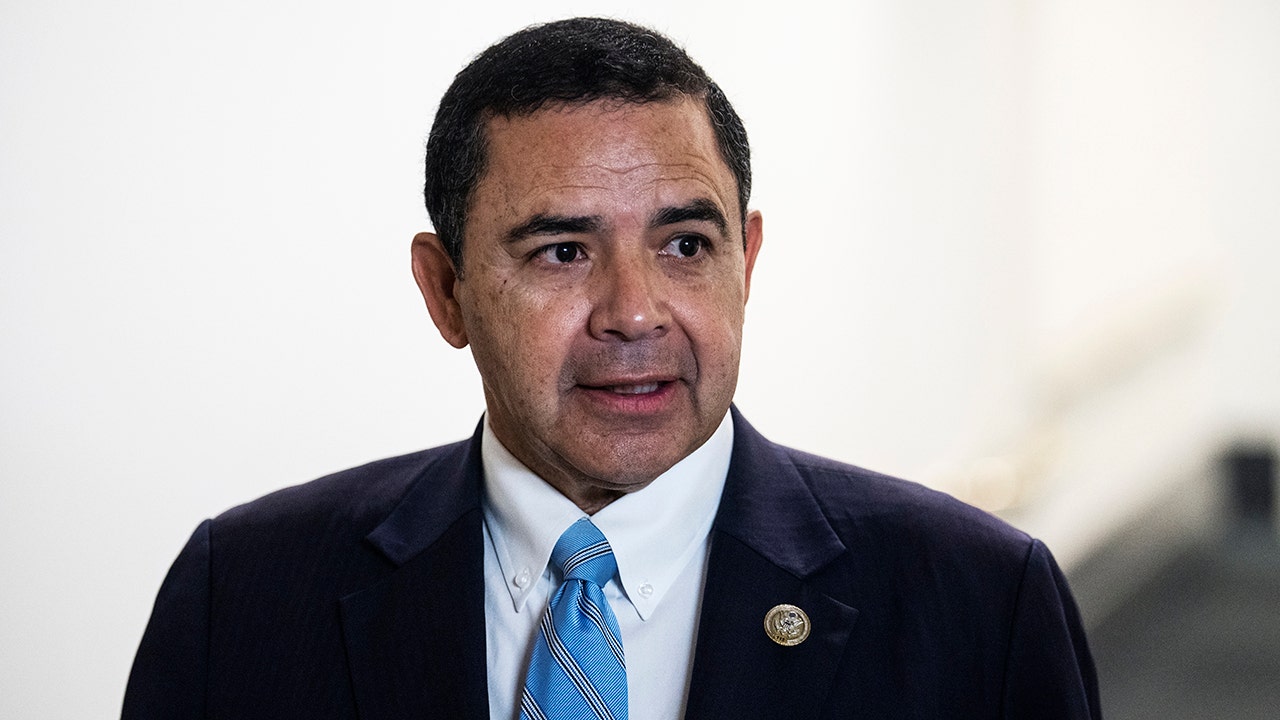Health
Military veteran embraces ‘new service’ of helping others after his Parkinson's diagnosis: ‘There is hope'
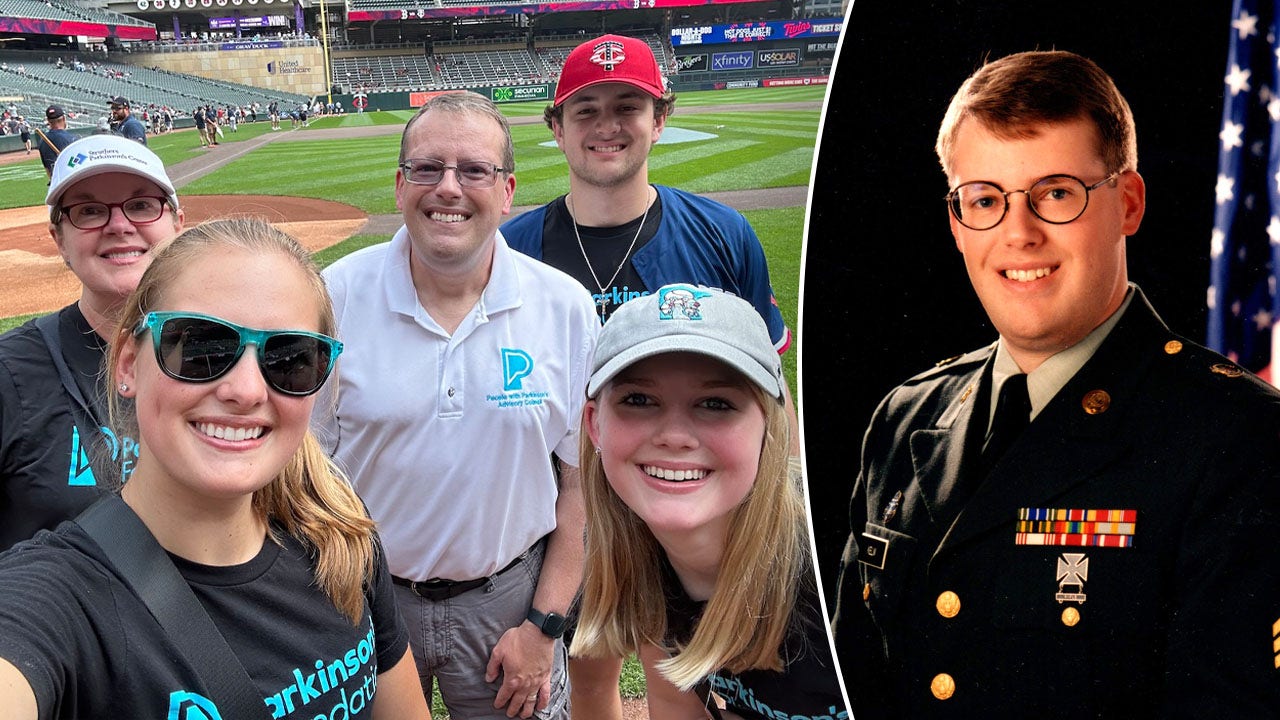
After 17 years of serving his country, Mark Kelm is now providing a different type of service: He’s advocating for others who, like him, are living with Parkinson’s disease (PD).
Kelm, who lives in a small Minnesota town with his wife of 23 years and three children, was just 38 years old when he was diagnosed with PD, a nervous system disorder that causes tremors, stiffness, loss of balance and other movement issues.
He credits his military background for preparing him for this latest challenge.
WHAT IS PARKINSON’S DISEASE? SYMPTOMS, CAUSES, WAYS TO COPE WITH DIAGNOSIS
“I believe the times that I had in the military really prepared me to handle living with a disease like Parkinson’s — knowing how to adapt and overcome in any given circumstance,” he told Fox News Digital in an interview.
“And I think those life skills that I learned in the Army are still quite useful today.”
After 17 years of serving his country, Mark Kelm is now providing a different type of service: He’s advocating for others who, like him, are living with Parkinson’s disease. He’s shown in the family picture at left, center, plus on the right. (Mark Kelm)
Surprise diagnosis
Raised by a police deputy and a nurse, Kelm said that for as long as he can remember, his life has been geared toward service.
Since enlisting in the Army Reserves in 1989, Kelp has served many years of active duty, spent time in the National Guard and held a role as a military chaplain.
In 2006, Kelm transitioned to a role as a chaplain for a federal law enforcement agency.
Two years later, at just 38, he was alarmed when he started experiencing involuntary twitching.
RESEARCHERS FIND SOURCES OF FOUR BRAIN DISORDERS, WHICH COULD LEAD TO NEW TREATMENTS
“One muscle in my arm kept twitching, and it was causing my finger to twitch as well, and it just wouldn’t stop,” he recalled.
That began Kelm’s journey toward a diagnosis of young-onset Parkinson’s, which he received at the Mayo Clinic’s neurology department in Minnesota.
“That was a pretty dark day — knowing that it’s a progressive, degenerative neurological disorder that currently does not have a cure or any disease-modifying drugs,” he said.

Mark Kelm, pictured at right, enlisted in the Army Reserves in 1989 and served for many years in active duty. (Mark Kelm)
“As a chaplain, I performed funerals for people who had died from complications of Parkinson’s. So I was very familiar with some of the end-stage aspects of the disease.”
Kelm started taking Levodopa, a central nervous system drug that helps to manage Parkinson’s motor symptoms.
“I believe the times that I had in the military really prepared me to handle living with a disease like Parkinson’s.”
For eight years, he “stayed quiet” on the disease. In 2016, he said, “It was affecting me enough that I no longer could hide it.”
That’s when Kelm retired from full-time work — but his next chapter was just beginning.
New form of service
“After having my own little pity party after my diagnosis, I realized that wasn’t really helpful,” he said.
Kelm’s older daughter, who was in high school at the time, immediately started researching his disease. She soon became involved with fundraising and awareness efforts through the Parkinson’s Foundation.

Kelm, at right, is pictured on a mission trip to Uganda in 1998 while he was serving as a military chaplain. (Mark Kelm)
He was so impressed by his daughter’s efforts that he decided it was time to “get off the bench and get back into the game.”
Kelm has since “jumped in with both feet.”
He became the national chair of the Parkinson’s Foundation People with Parkinson’s Council, which ensures that the perspective of people living with PD is integrated into the foundation’s program development.
PARKINSON’S DISEASE SYMPTOMS DISAPPEARED WITH EXERCISE, MAN CLAIMS: ‘USE IT OR LOSE IT’
In 2020, Kelm helped create an annual Parkinson’s Awareness Day at Target Field, in partnership with the Minnesota Twins.
He has also organized events to raise funds for the Minneapolis-based Struthers Parkinson’s Center, and volunteers on the U.S. Department of Defense’s medical research programs for Parkinson’s.
“My service is connected to Parkinson’s now,” Kelm told Fox News Digital.
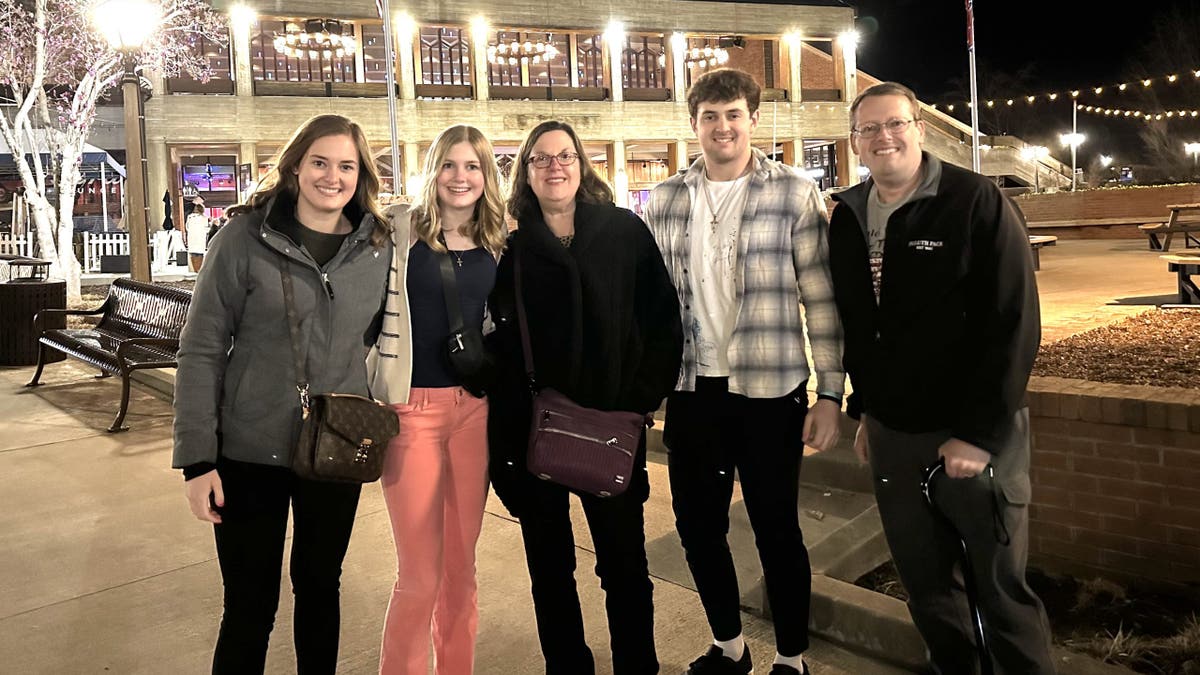
Kelm, at far right, is pictured with his family during a visit to the Grand Ole Opry in Nashville, Tennessee. (Mark Kelm)
“It has been an absolute blessing, because it’s allowed me to meet people from all around this great nation and even the world,” he went on.
“It’s been very positive for me, and I’m very hopeful that there’s a lot of research being done right now.”
Kelm’s advocacy could also indirectly benefit his health, according to Dr. James Beck, PhD, chief scientific officer for the Parkinson’s Foundation in New York City.
“My service is connected to Parkinson’s now.”
“The symptoms of PD – slowness of movement, difficulty in movement, etc. – can shrink a person’s world,” Beck told Fox News Digital.
“Mark’s effort to be involved and make a difference has helped him learn more about his own disease and to be a model advocate for his own care and health.”
What to know about early-onset Parkinson’s
People who are diagnosed with Parkinson’s before age 50 are considered early-onset patients.
Just 4% of people are diagnosed before the age of 50 — and Kelm was one.
Early-onset patients are three times as likely to have a genetic form of the disease, according to Beck.

In 2020, Kelm helped to create an annual Parkinson’s Awareness Day at Target Field, in partnership with the Minnesota Twins. (Mark Kelm)
“People with EOPD typically have a much slower rate of progression of their disease than those diagnosed at an older age,” Beck noted.
Younger patients, however, are more likely to notice stiffness earlier in the course of the disease.
“They will often experience dystonia (e.g., cramping of a hand or toes) as an early symptom,” Beck said.
IS PARKINSON’S DISEASE, ‘WORLD’S FASTEST GROWING BRAIN DISEASE,’ MOSTLY PREVENTABLE? STUDY OFFERS CLUES
Patients with early-onset disease will also often experience levodopa-induced dyskinesia (involuntary movements of body parts) more frequently than those diagnosed after the age of 50, according to Beck.
Kelm said he does experience dyskinesia from time to time.
“At first, I thought, ‘I’m going to beat this,’” he said. “And after a few years, I started having some swallowing issues, which led to choking while eating.”

Kelm is pictured with his wife of 23 years, Beth Kelm. “She is the rock of the family. She does 99% of the work, and I go in for the 1% of glory.” (Mark Kelm)
“It was a wake-up call, and an awareness that I needed to do more to manage the disease.”
Coming to terms with his mortality was tough, Kelm acknowledged — but he found some comfort in knowing.
“I found peace in knowing that everything is going to be OK.”
“You don’t die from Parkinson’s — you die with Parkinson’s,” he said. “You die from complications of the disease, especially if you’re younger. And I found peace in knowing that everything is going to be OK.”
He added, “All of us are going to leave this earth one way or another. Some of us are given knowledge beforehand, while others are not.”
The military-Parkinson’s link
There are currently more than 110,000 veterans with Parkinson’s disease who receive care through the U.S. Department of Veterans Affairs (VA), according to the Parkinson’s Foundation.
In 2009, the Health and Medicine Division of the National Academy of Sciences, Engineering, and Medicine released a report stating that there is “suggestive but limited evidence that exposure to Agent Orange and other herbicides used during the Vietnam War is associated with an increased chance of developing Parkinson’s disease.”

Second from right, Kelm is pictured delivering tailgate Communion while serving as a military chaplain. (Mark Kelm)
As the Parkinson’s Foundation stated, PD is a “presumptive condition for veterans who were exposed to Agent Orange and certain other toxins during military service.”
Due to this designation, veterans with Parkinson’s who were exposed to these toxins are automatically eligible to receive health care and disability benefits from the VA.
Beck of the Parkinson’s Foundation said it makes sense that there could be a link between PD and military service.
MILITARY MENTAL HEALTH IS FOCUS AS AI TRAINING SIMULATES REAL CONVERSATIONS TO HELP PREVENT VETERAN SUICIDE
“Although I have not seen a report of a direct increase in PD after military service, given the environmental exposures of many of our service members – head trauma, solvent exposure, etc. – it would not surprise me to see a higher prevalence of PD among veterans,” he told Fox News Digital.
Kelm noted that although the U.S. veteran population is getting smaller, the Parkinson’s rate within the community is “increasing significantly.”
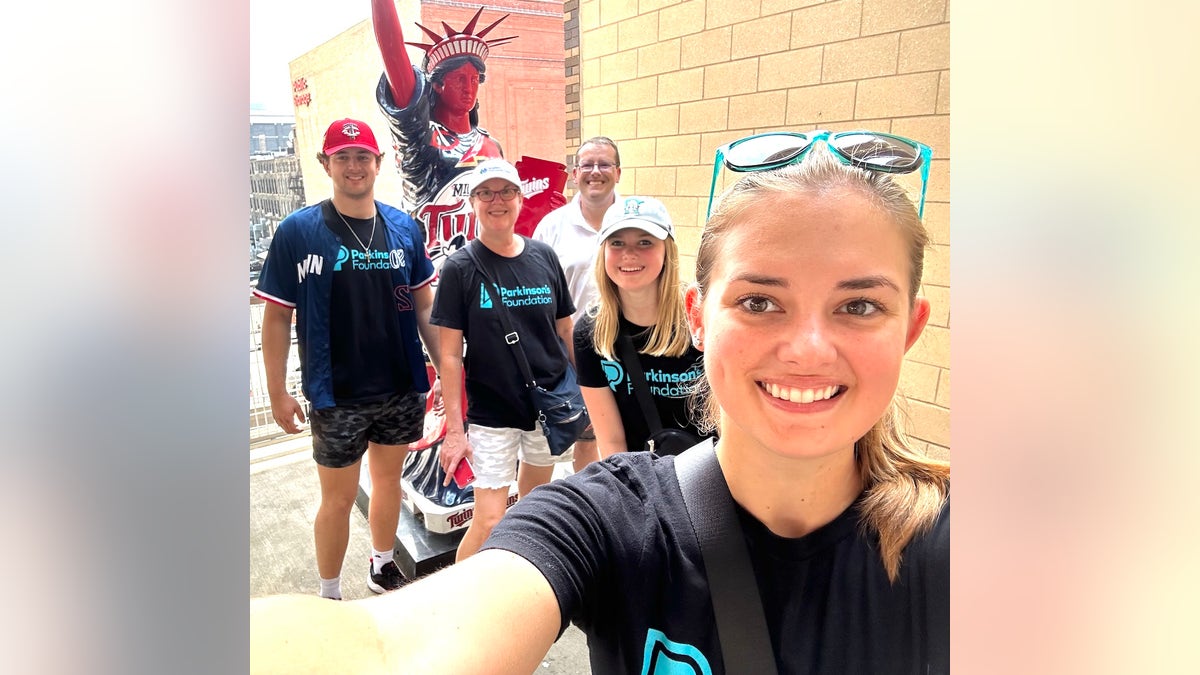
Kelm and his family are pictured at the Minnesota Twins game on Parkinson’s Awareness Day at Target Field. (Mark Kelm)
He told Fox News Digital, “I suffered two TBIs (traumatic brain injuries) in service, which the VA believes likely contributed to my Parkinson’s, along with chemical exposure.”
The Parkinson’s Foundation partnered with the VA in 2020 in an effort to improve the health, well-being and quality of life for veterans with PD and their loved ones.
Breaking the stigma
Many military veterans with Parkinson’s find it difficult to bring themselves to ask for help after so many years of supporting others. This was the case for Kelm after his diagnosis.
“As a chaplain, my job was for people to come to me — not for me to seek them out.”
“I was in a pretty dark place at first,” he recalled. “As a chaplain, my job was for people to come to me — not for me to seek them out.”
A doctor at Struthers Parkinson’s Center in Minnesota recognized that Kelm needed help and physically walked him to a psychologist’s office.
BOOST BRAIN HEALTH AND SLOW MENTAL AGING WITH 10 INTRIGUING TIPS FROM LONGEVITY EXPERTS
“I sat down and started talking, and it really was my awakening — an awareness of how much I needed to listen to another person and have them sort through things.”
The psychologist helped Kelm realize that he could continue to serve others while also allowing others to serve him.
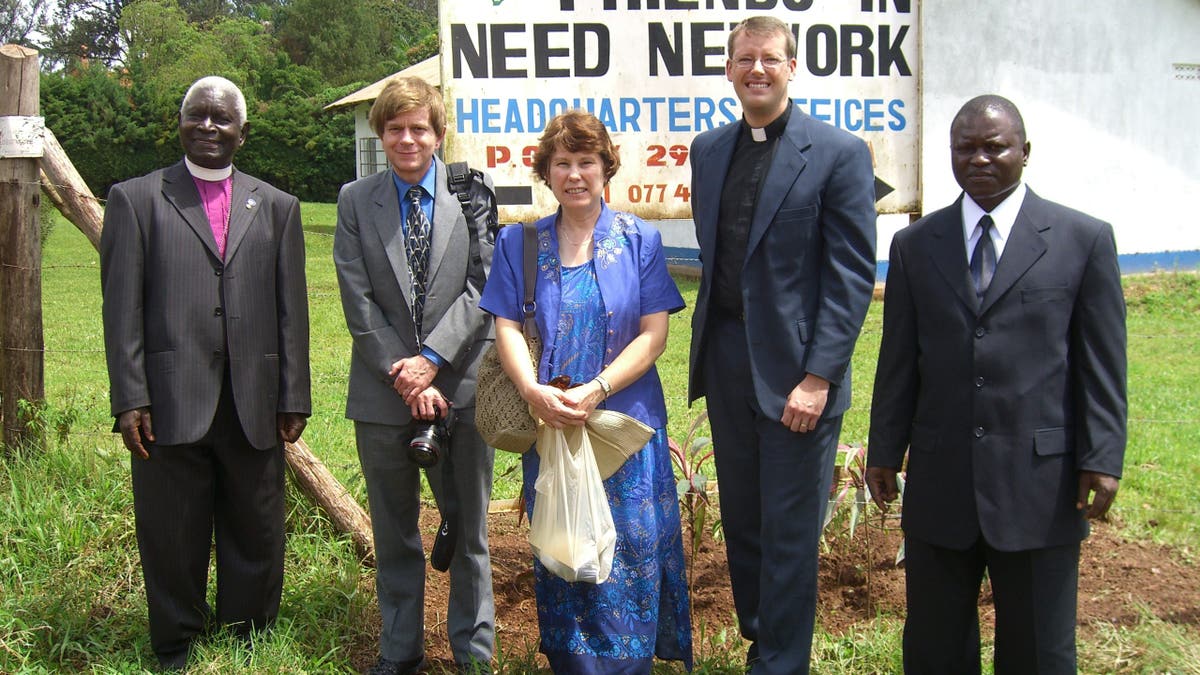
Second from right, Kelm is pictured during a mission trip to Uganda, during which the group helped to build a school for women. (Mark Kelm)
Over time, people in the Parkinson’s community began calling on Kelm to help others with young-onset PD who had recently been diagnosed.
“I want to reach out to as many people as possible and get them the help they need to live the best quality of life that they can,” he said.
“I want to let them know that there is hope. It’s not all darkness — there is light. They still have a lot of life to live.”
Guided by hope and faith
During the harder days, Kelm finds encouragement and comfort in his faith.
“It’s the belief that no matter what happens, I don’t have to fear, because I know God is is with me,” he said.
“I have hope that as my body becomes weaker, God’s strength will become more and more evident.”
“I have hope that as my body becomes weaker, God’s strength will become more and more evident.”
Kelm said he is also optimistic that headway is being made toward improved Parkinson’s treatments and a future cure.

He is optimistic, said Kelm, that headway is being made toward improved Parkinson’s treatments and a future cure. “The needle’s moving in the right direction,” he said. (Mark Kelm)
He is encouraged by the increases in fundraising and research.
“I’m hoping that I get to live until I’m 80 and chase grandkids around. But for that to happen, we’re going to have to do the research, so that science can point us in the right direction.”
CLICK HERE TO SIGN UP FOR OUR HEALTH NEWSLETTER
For others who are newly diagnosed, Kelm urges them to seek help and build a network — which may include a counselor or therapist, religious leaders, doctors, physical therapists or a speech therapist.
“Allow others to help you,” he encouraged. “It’s hard at first. You might think you can fight the disease and manage the struggle on your own. But even Jesus had help carrying the cross.”
For veterans with Parkinson’s, Kelm urges them to seek support from the VA.
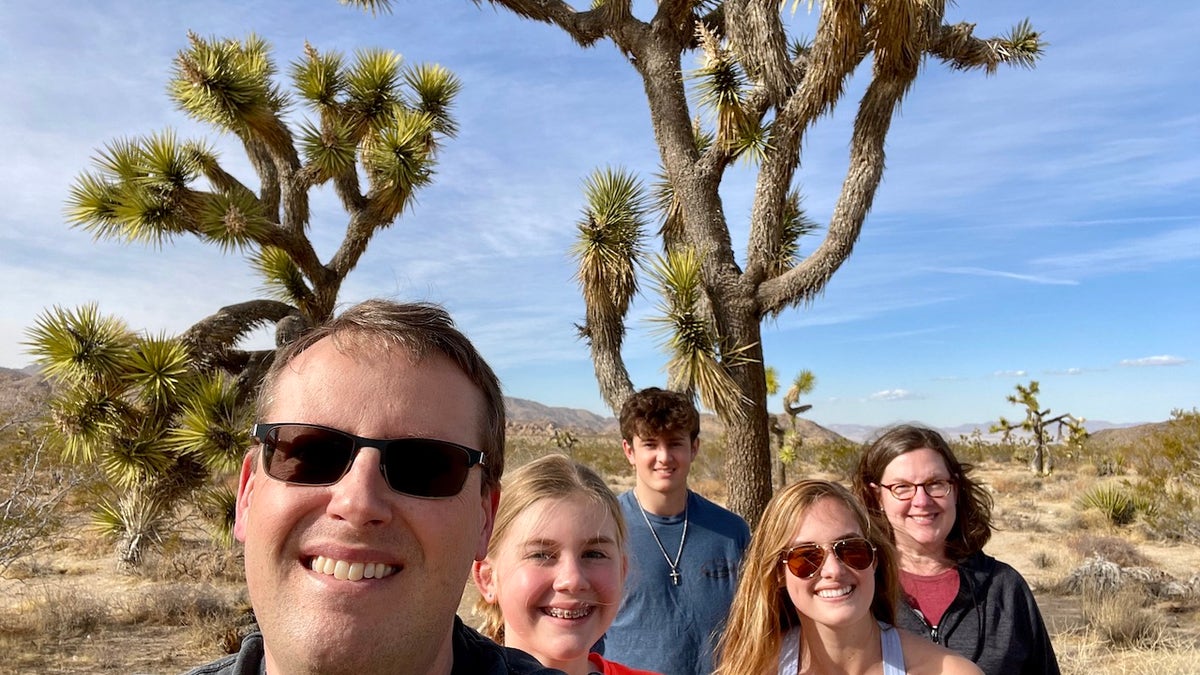
“I’m hoping that I get to live until I’m 80 and chase grandkids around,” said Kelm, who is pictured with his family. “But for that to happen, we’re going to have to do the research, so that science can point us in the right direction.” (Mark Kelm)
“Look around, ask and talk to others, and you will find dedicated people who will allow you to flourish as you live with your Parkinson’s disease.”
Beck echoed the importance of being open about a diagnosis to “help bring Parkinson’s out of the shadows … It can be a difficult first step, but is worth it in the end,” he said.
“Loved ones will often already know something is amiss. Sharing your PD diagnosis with them will often result in relief at knowing what is wrong, and the opening of tremendous support.”
People can call the Parkinson’s Foundation’s free helpline at 1-800-473-4636, or can visit parkinson.org or parkinson.org/veterans for information about where to get support.
Fox News Digital reached out to the U.S. Department of Veterans Affairs requesting additional comment.
For more Health articles, visit www.foxnews.com/health.

Health
Texas cats die on dairy farm after drinking raw milk contaminated with bird flu, CDC warns
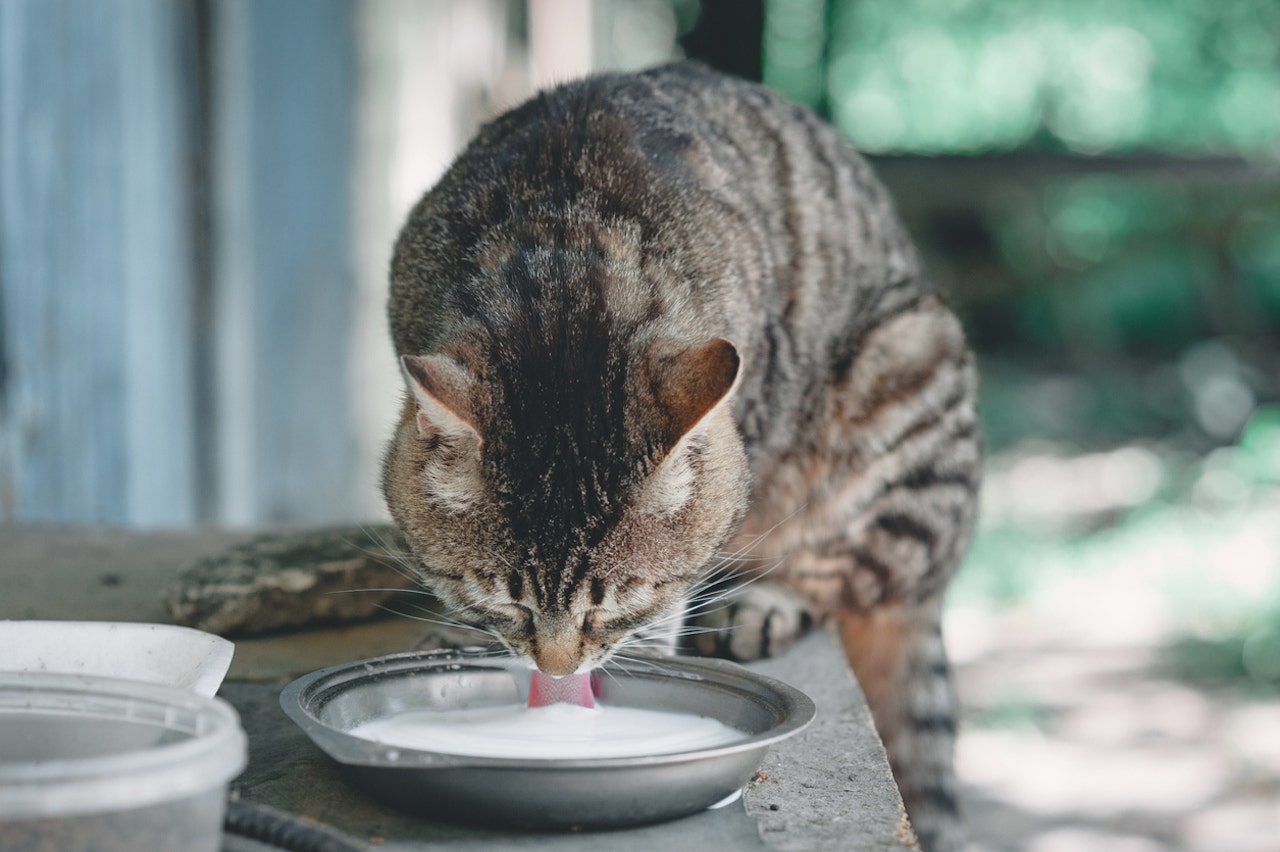
A cluster of cats on a Texas dairy farm died after drinking raw milk from dairy cows affected with bird flu, according to a report from the U.S. Centers for Disease Control and Prevention (CDC).
The felines developed “fatal systemic influenza infection” after drinking the unpasteurized colostrum and milk from cows that tested positive for the virus.
Initally, the cats developed signs of sickness that included “a depressed mental state, stiff body movements, ataxia (impaired coordination), blindness, circling and copious oculonasal discharge,” the report said.
AMID BIRD FLU SPREAD, EXPERTS REVEAL IF IT’S SAFE TO DRINK MILK: ‘INDIRECT CONCERN’
The felines also showed neurological effects during exams.
Of some 24 cats that were given the raw milk from the diseased cows, around half of them died between March 19 and March 20, said the report, which was released on Monday.
A cluster of cats on a Texas dairy farm (not pictured) died after drinking raw milk from dairy cows affected by bird flu, according to a CDC report. (iStock)
Most cats became sick within two or three days after exposure.
Tissue samples from two of the deceased cats tested positive for HPAI H5N1 virus on March 21, the CDC noted.
While exposure to dead wild birds “cannot be completely ruled out” as a source of the virus, the report stated that milk and colostrum are a “likely route of exposure.”
BIRD FLU VIRUS FOUND IN GROCERY STORE MILK, BUT NO RISK TO CUSTOMERS, FDA SAYS
This is based on “the known consumption of unpasteurized milk and colostrum from infected cows,” as well as the high amount of “virus nucleic acid” within the milk.
“The death of the cats suggests that avian flu can cause illness due to ingestion,” said Edward Liu, M.D., chief of infectious diseases at Hackensack Meridian Jersey Shore University Medical Center in New Jersey, in a statement to Fox News Digital.

The felines in Texas (not pictured) developed “fatal systemic influenza infection” after drinking the unpasteurized colostrum and milk from cows that tested positive for the virus. (iStock)
“This is interesting, as many respiratory viruses are optimized for infection via mucous membranes, like the nose and mouth.”
The report reinforced the need to ingest pasteurized milk exclusively, Liu said.
“I can think of no reason to drink raw milk.”
Pasteurization eliminates risk, experts say
Before milk can be sold commercially, government regulations require it to be pasteurized.
During the pasteurization process, raw milk is heated to a certain temperature for a brief period of time and is then chilled again, according to the International Dairy Foods Association (IDFA) website.
This process kills any pathogens and ensures that milk is safe to drink.
“I can think of no reason to drink raw milk.”
“In the U.S., commercial intrastate sold milk is required to be pasteurized,” Dr. Scott Pegan, professor of biomedical sciences at the University of California, Riverside and a biochemist for the United States Medical Research Institute of Chemical Defense, told Fox News Digital last week.
“This process is geared to kill viruses like H5N1 and other bacteria that can pose a threat to human health.”

The cats (not pictured) initially developed signs of sickness that included “a depressed mental state, stiff body movements, ataxia (impaired coordination), blindness, circling and copious oculonasal discharge,” the CDC report said. (iStock)
“Milk that has been pasteurized is safe and there is no current reason to avoid it or other pasteurized milk products,” Pegan went on.
“However, there is a substantial risk of consuming unpasteurized milk and products of that milk.”
Even after viruses and bacteria have been killed in pasteurized milk, remnants can remain in the milk, he said — but they are not dangerous.
The FDA’s recommendations
Last week, the FDA restated its “long-standing recommendation” that consumers avoid drinking raw milk that has not been pasteurized.
CLICK HERE TO SIGN UP FOR OUR HEALTH NEWSLETTER
The agency also recommended that companies refrain from manufacturing or selling raw milk or raw milk products made with milk from cows that tested positive for bird flu, were exposed to the virus or showed symptoms of illness.
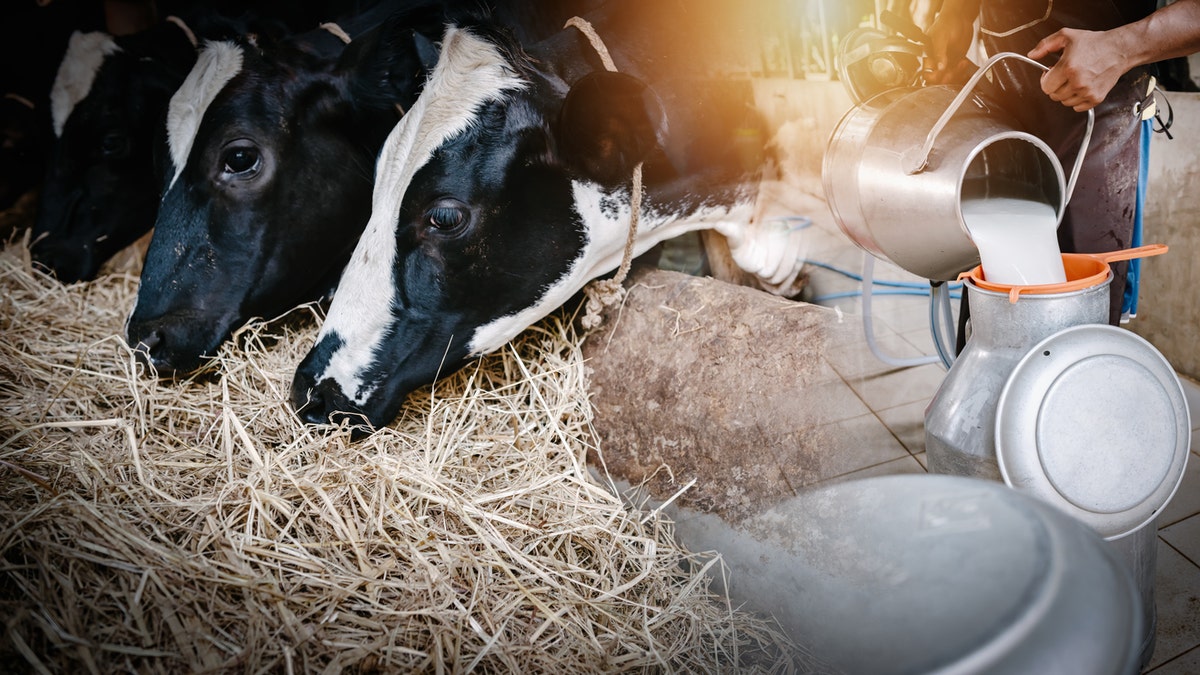
“Milk that has been pasteurized is safe and there is no current reason to avoid it or other pasteurized milk products,” an expert said. (iStock)
The FDA also urged producers to “take precautions” when discarding milk from affected cows, “so that the discarded milk does not become a source of further spread.”
So far, only one person is confirmed to have contracted the virus after exposure to infected cows, the FDA said.
“The CDC says the risk to the general public remains low,” the agency said.
“The FDA and USDA continue to indicate that, based on the information we currently have, our commercial milk supply is safe.”
Fox News Digital reached out to the CDC for additional comment.
For more Health articles, visit www.foxnews.com/health.
Health
Over 50 and Can't Lose Weight? What to Know About Sarcopenia + How to Fix It With Protein
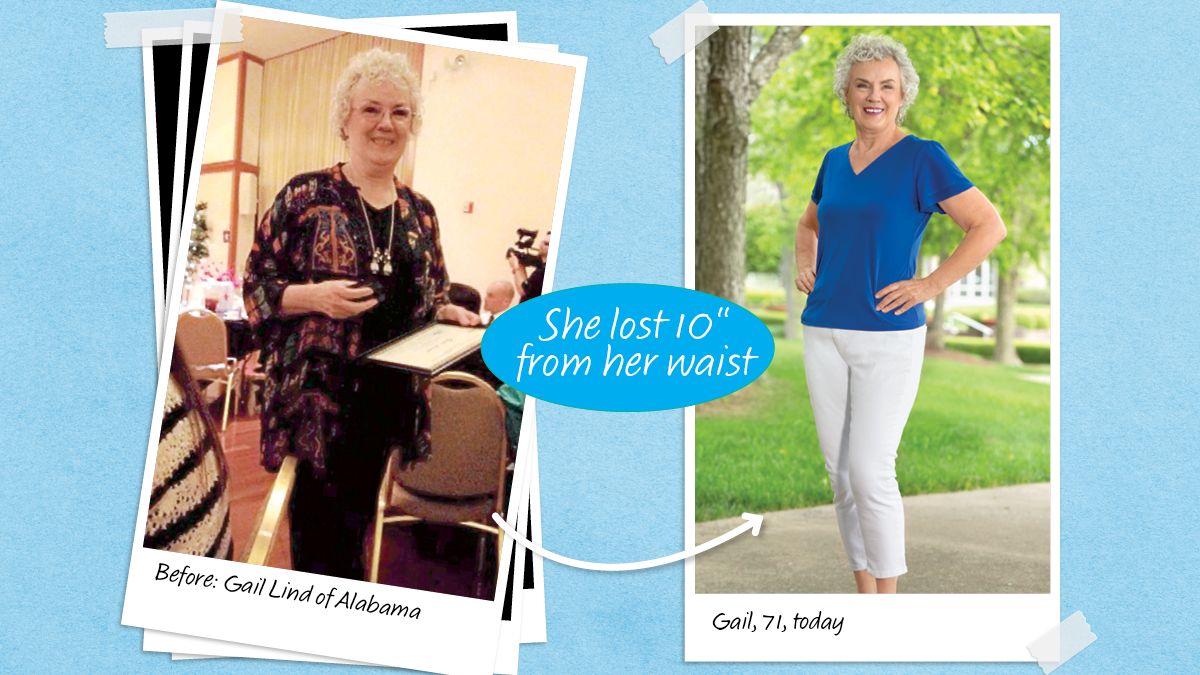
Sign Up
Create a free account to access exclusive content, play games, solve puzzles, test your pop-culture knowledge and receive special offers.
Already have an account? Login
Forgot your password?
Get back to the Sign In
Use left and right arrow keys to navigate between menu items.
Use escape to exit the menu.
Health
Dairy farm worker infected with bird flu; CDC urges workers to wear protective gear
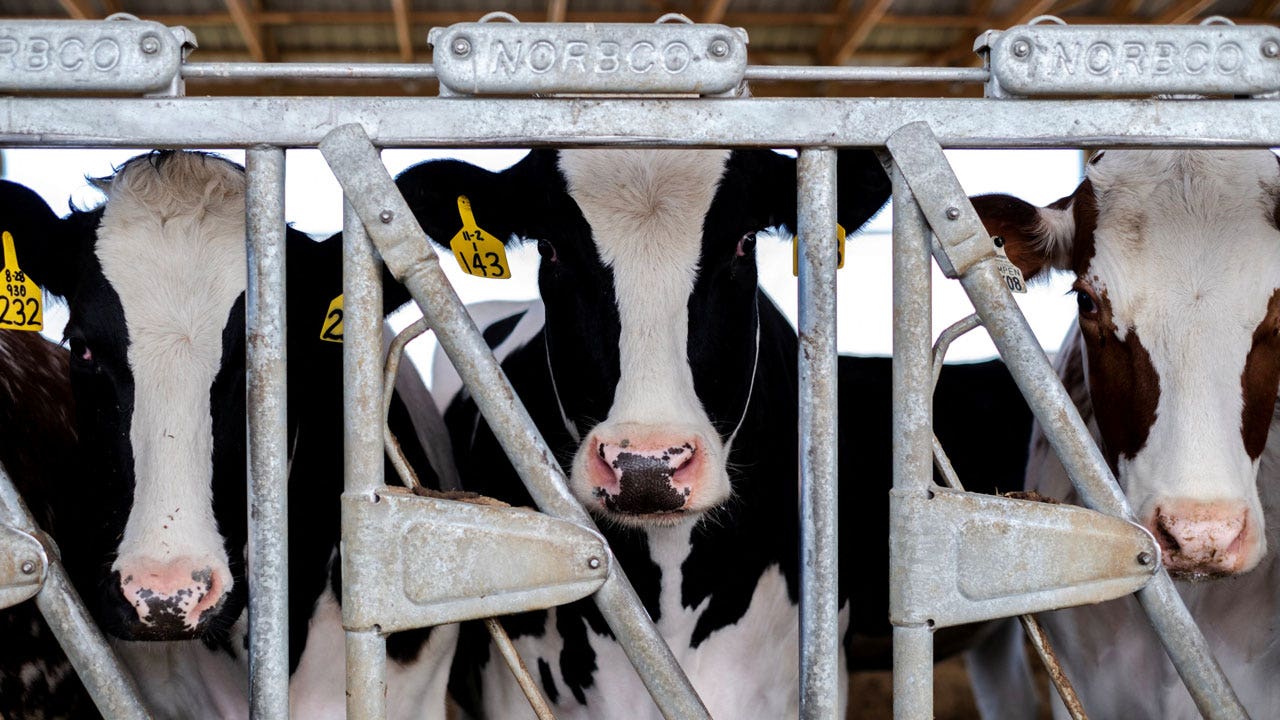
CDC issues alert over bird flu case
Fox News medical contributor Dr. Marc Siegel on what to know about bird flu and why it is important to not look directly at the solar eclipse without proper glasses
The Texas dairy farm worker infected with H5N1 bird flu was not wearing respiratory or eye protection and had been exposed to cattle that appeared to have the same symptoms as those in a nearby farm with a confirmed outbreak of the virus, according to new details on the case released on Friday.
The details, reported online in the New England Journal of Medicine, underscore the risk to farm workers in the ongoing outbreak among U.S. dairy cattle and the need to wear protective gear to avoid infection.
The outbreak – the first in cattle – is so far known to have infected 36 dairy herds in nine states.
AMID BIRD FLU SPREAD, EXPERTS REVEAL IF IT’S SAFE TO DRINK MILK: ‘INDIRECT CONCERN’
Infection by the bird virus is rare in humans, and the dairy worker’s case, first reported in March, represents only the second known human infection in the United States.
It follows a worrisome spread of the virus in a variety of mammal species, raising concerns that widespread exposure of people could cause the virus to spread more easily among the population and spark a global pandemic.
A Texas dairy farm worker had not reported any contact with sick or dead birds or other animals, but did have close exposure with sick dairy cows. (Reuters/Jim Vondruska/File Photo)
The U.S. Centers for Disease Control and Prevention (CDC) in the report said the farm worker developed a serious infection in his right eye known as conjunctivitis, or pink eye, but had no signs of respiratory infection or fever.
The worker had not reported any contact with sick or dead birds or other animals, but did have close exposure with sick dairy cows, with symptoms such as decreased milk production, reduced appetite and lethargy.
The worker had been wearing gloves but no respiratory or eye protection.
The CDC is urging farmers, workers, and emergency responders to wear appropriate protective gear when in direct or close physical contact with sick birds, livestock, feces, raw milk or contaminated surfaces.
An analysis of the outbreak released on Thursday by the U.S. Department of Agriculture suggests the virus has been circulating in U.S. dairy cows for about four months before being reported on March 25.
Preliminary tests of milk, baby formula and other dairy products suggests they are safe to consume, according to the FDA.
-

 News1 week ago
News1 week agoLarry Webb’s deathbed confession solves 2000 cold case murder of Susan and Natasha Carter, 10, whose remains were found hours after he died
-

 World1 week ago
World1 week agoHaiti Prime Minister Ariel Henry resigns, transitional council takes power
-

 News1 week ago
News1 week agoFirst cargo ship passes through new channel since Baltimore bridge collapse
-

 World1 week ago
World1 week agoSpanish PM Pedro Sanchez suspends public duties to 'reflect'
-

 World1 week ago
World1 week agoUS secretly sent long-range ATACMS weapons to Ukraine
-

 Movie Reviews1 week ago
Movie Reviews1 week agoHumane (2024) – Movie Review
-

 News1 week ago
News1 week agoAmerican Airlines passenger alleges discrimination over use of first-class restroom
-

 Education1 week ago
Education1 week agoVideo: Johnson Condemns Pro-Palestinian Protests at Columbia University

/cdn.vox-cdn.com/uploads/chorus_asset/file/25357666/STK259_MICROSOFT_COPILOT_2__A.png)










